Bukhara is a city located in the province of Bukhara in Uzbekistan. It has a very long and complicated history. It is believed that the city was founded 500 years BC. More and more travelers are beginning to discover the charm of this city because Bukhara is full of wonderful sights that will literally take your breath away.
The first mention of the settlement of this area dates back to several thousand years ago. Most of the territory of Uzbekistan is situated on the very dry rocky desert, so people in the past joined in places where was water. The Bukhara oasis was built directly on the Silk Road and the city was one of the main intellectual centers of the Islamic world during its heyday. The city served as the center of commerce, education, and religion. If you are going to go to Uzbekistan, read an article about what you need to know before you go.
Genghis Khan made a raid on Bukhara in the 12th century and the locals managed to save only a few monuments. Most of the monuments were after his raid. The area was occupied by the Red Army and annexed forcibly to the Soviet Union in the 20th century. In addition to Buchara, Uzbekistan offers other places of interest, such as the unique Samarkand or Chiva. Currently, the historic center of Bukhara with its 140 architectural monuments is registered on the World Heritage List.
Kalyan mosque
The mosque stands next to the Kalyan minaret and was built in 1514. Genghis Khan destroyed the former mosque. The building can accommodate up to 12,000 worshipers and served as a huge depot during the Soviet occupation.
Lyab-i Hauz square
Mosques and madrasas (Islamic religious school) surround this small square. The main landmark is the statue of a cheerful fool sitting on a donkey, which appears in many fairy tales and children’s rhymes. There is also a small pool which is surrounded by restaurants and stalls and is a hive of activity. The city was full of these tanks that served as a source of municipal water in the past, but because they were the source for the spread of various diseases, most of them were backfilled by the Soviets.
Kalyan minaret
The minaret with its 47 meters was the tallest building in Central Asia at one time. When Genghis Khan conquered Bukhara in the 12th century, this building charmed him so much that he decided not to destroy it. The minaret has also its legend. It served as a place of execution for criminals in the past who had been dropped from the high tower. Therefore, it is sometimes dubbed as the “Tower of Death.”
Mir-i Arab Madrasa
The construction of the madrassa is attributed to Sheikh Abdullah Yamani, who led a constant war with Persia. Because he was successful, he captured a lot of Persian soldiers. Then he got a fat ransom for each of them. He used the money he received to build a madrassa, which is opposite the Kalyan mosque.
Char Minar
This building was built in the early 19th century and is relatively new. In comparison with other monuments, this building was built in the early 19th century, and in comparison with other monuments, is relatively new. Each tower is different from each other with different motifs which reflect the most famous world religions – Christianity, Buddhism, and Islam.
The Ark
Ark is a massive fortress, which is located in the city center. It was built in the 5th century as a fortified city within the city walls and provided a refuge for many residents of the neighborhood. People fled here to hide from the raids of Genghis Khan. The fort was conquered and restored many times in its history. The fortress was definitively occupied by the Soviets in 1920 and is currently in a very flattering state and it serves tourists as one of the main attractions. It offers rare museum collections of great historical value.
Ismail Samani mausoleum
The mausoleum dates from the 9th century architecture and is highly prized. It was built at a time when the area was inhabited by the population of Zoroastrians, who then began to convert to Islam. It is also one of the oldest monuments in Bukhara since it was spared before Genghis Khan. At the time of the invasion, there was a big flood and the shrine was buried in the mud.
Liked this post? PIN IT FOR LATER!!


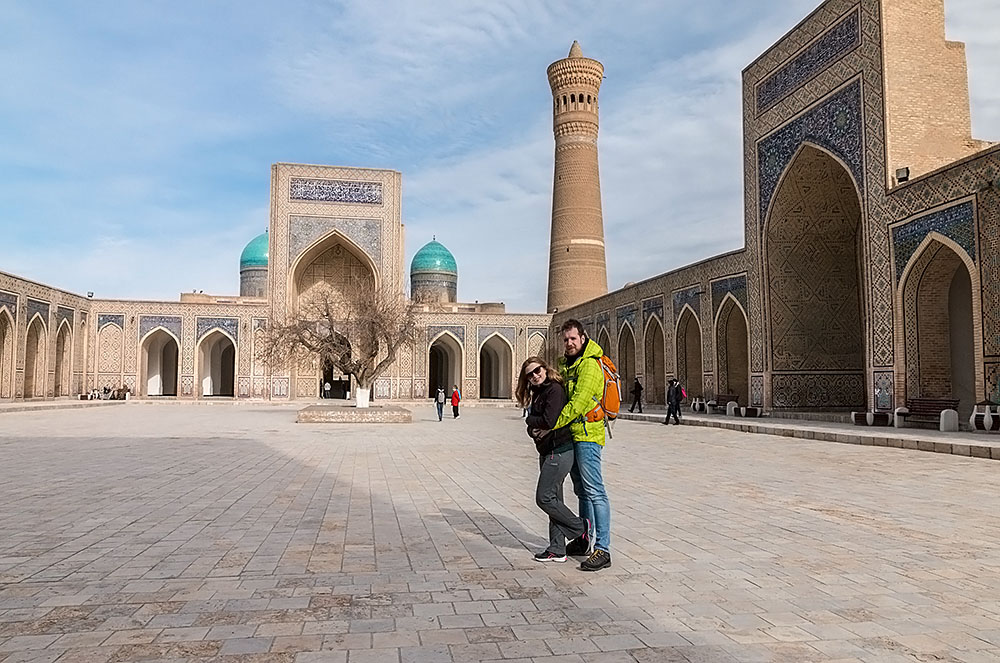
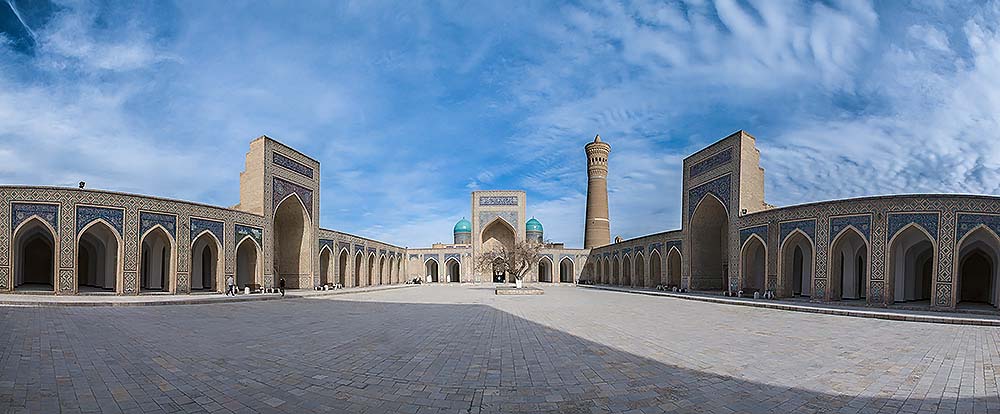

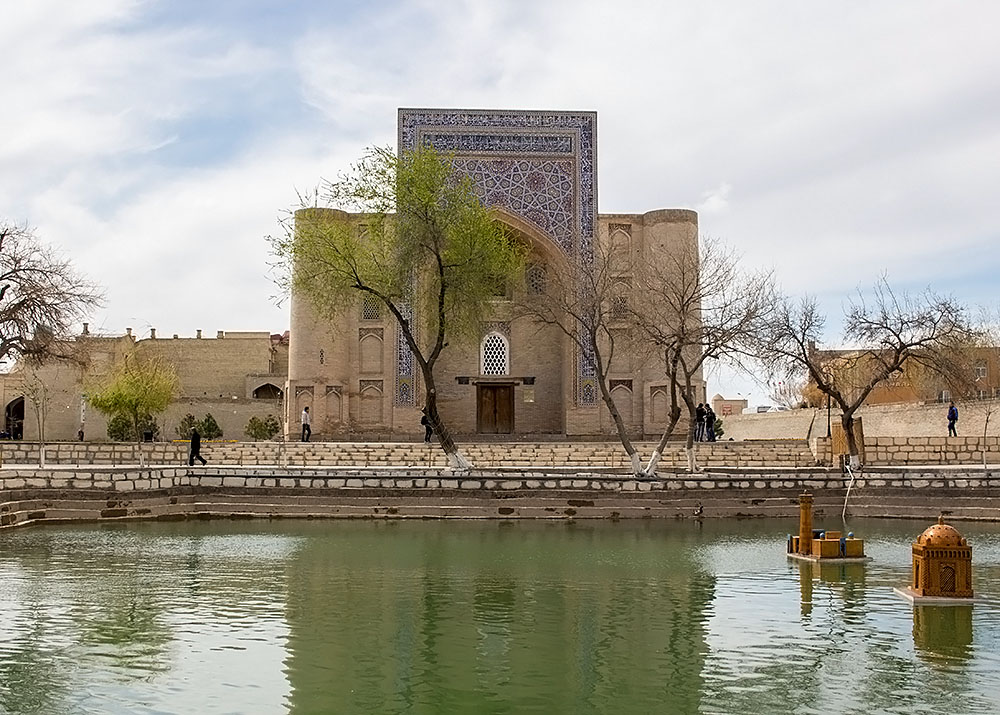

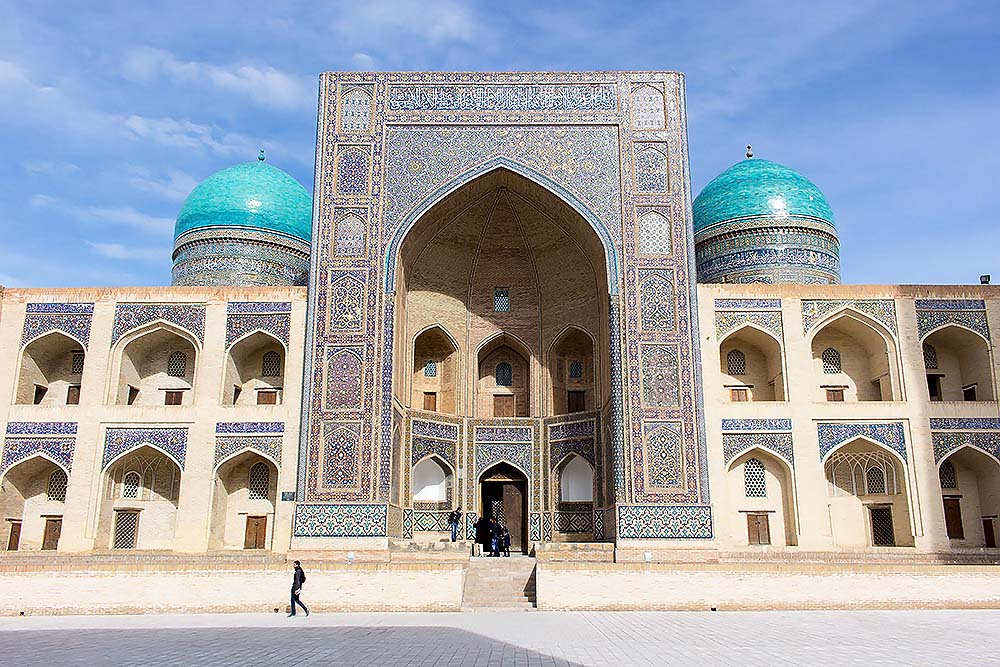
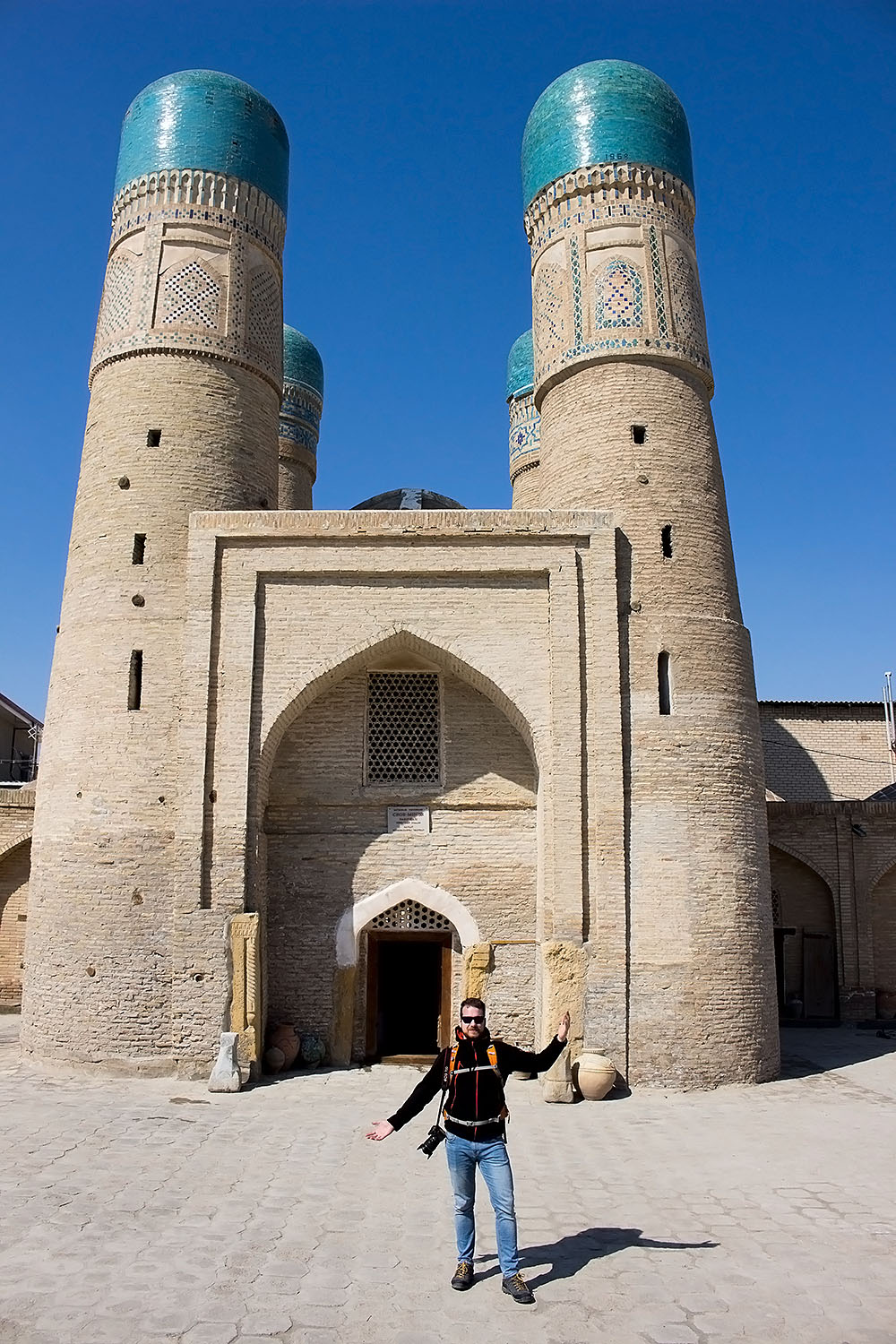
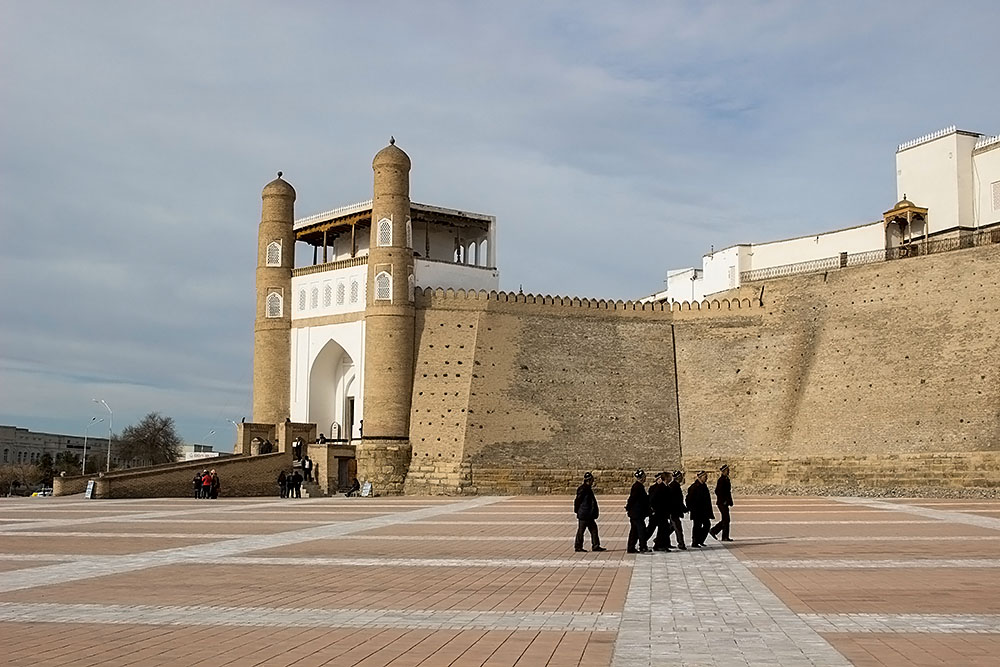
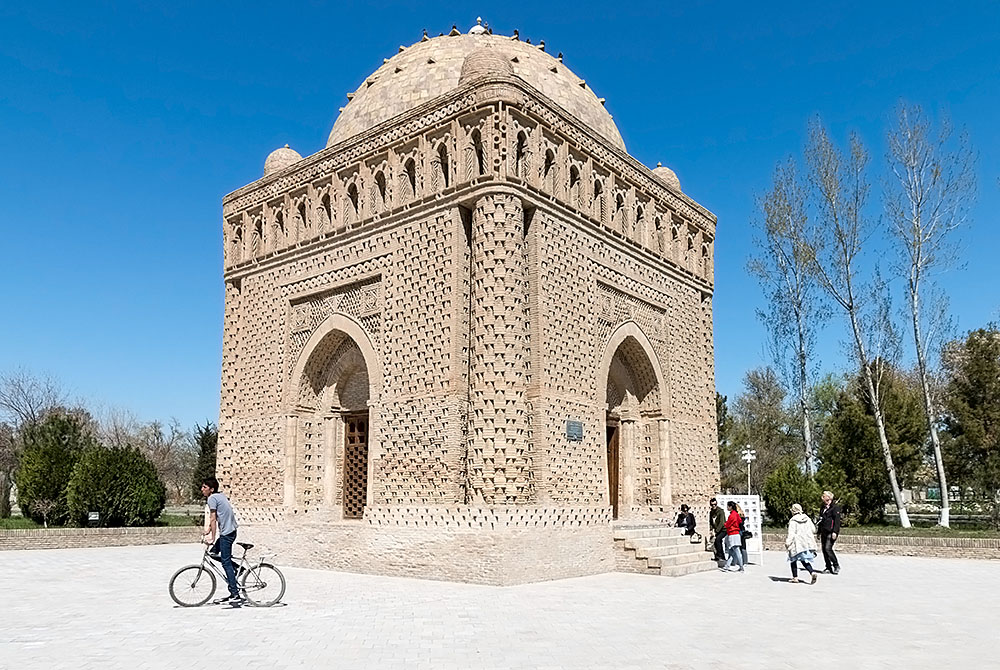
stunning your all pictures and article too really nice thanks for sharing n keep it up thanks a lot..!
Thank you for your nice comment 🙂 I am really glad you like our pictures.
amazing post and attractive pictures
Thank you for your comment, we are happy you like our pictures 🙂